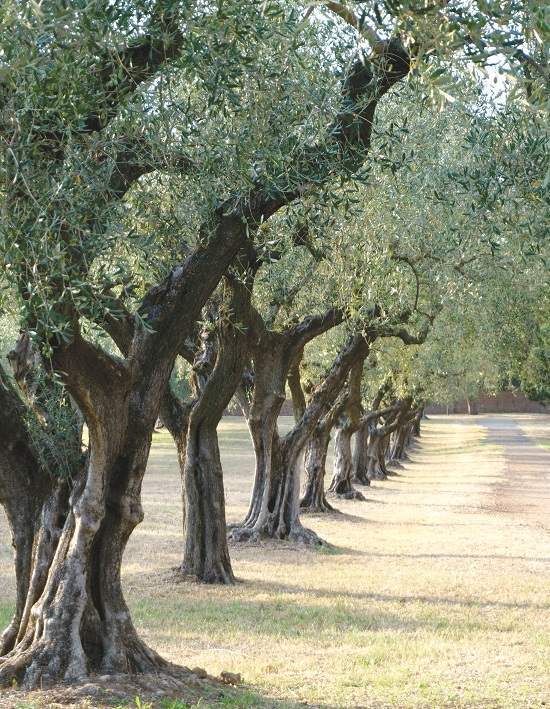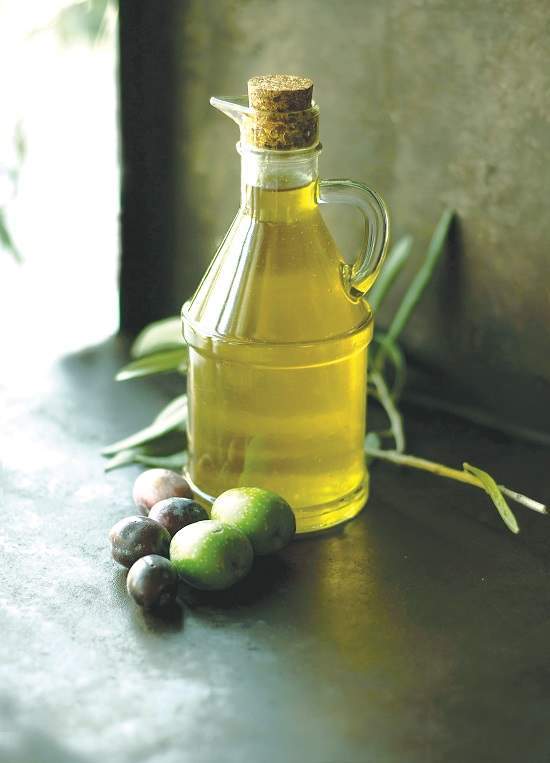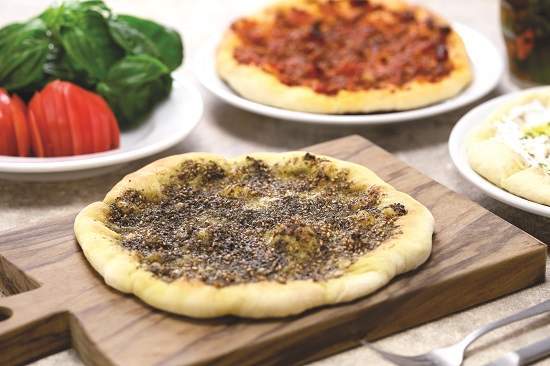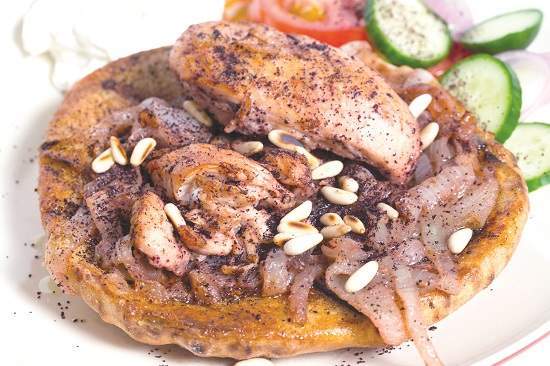Here in Jordan, the olive harvest and processing season is well into its first month with just under two months remaining of hard work, family solidarity, and nostalgia. At the beginning of October, the government announced the opening times of its olive-pressing factories. A few days ago, the
Ministry of Religious Affairs announced the Zakat rates on olives grown across Jordan.
اضافة اعلان
The olive season is celebrated across the Levant. In Jordan, it is also the season for pomegranates, which are largely grown in the northern regions of Jerash, Ajloun, and Koorah.
Several years ago, I was managing a workforce of nearly 140 semi-skilled workers in southern Amman. Many came from the north. We had to make a roster for them to go home and help their families pick olives — what we call “Frat Az-Zeitoon”. It’s a labor-intensive process, requiring the collaboration of all members of the family, even though it is becoming more mechanized.
The bulk of olives being picked these days are mainly for pickling rather than pressing, although some prefer their oil pressed this early so that they can get the almost phosphorescent green color and the sharp, bitter taste. The olives are mainly pickled in brine with lemons — some like to add hot chilies.
Some like their olives crushed before being pickled, whereas others prefer that they are simply crossed with a knife at either end. Some go a step further: once the olives are pickled, the stones are taken out and chunks of crushed walnuts, carrots, or hot chilies are added. Stuffed olives as one would see in Western restaurants are too fancy for Levantine Arabs and are rarely, if ever, eaten.
 (Photos: Shutterstock/ Unsplash/ Envato elements)
(Photos: Shutterstock/ Unsplash/ Envato elements)
The olive is an acquired taste, just like caviar, blue cheese, and anchovies. Personally, I like my olives to taste bitter, as they usually do during the first few months of pickling. By the year’s end, they become almost tasteless.
To circumvent this, industrial pickle establishments will keep the olives refrigerated and pickle them on demand. The majority of pickled olives on offer in Western supermarkets do not compare with the home-made pickled olives of the Levant. They lack that strong bitter kick and the lemony, spicy taste. In my early days in the UK, how I missed that taste.
The olive tree is Mediterranean in origin and can be found across the region. It is a holy tree in the Levant, mentioned no less than seven times in the Quran. In the story of Noah in the Old Testament, it was an olive branch that was brought by the dove to indicate the end of the flood. Universally, the olive branch is associated with peace — many national flags and emblems include it.
In his speech at the United Nations in 1974, the late Yasser Arafat began by stating that he came holding an olive branch and a freedom fighter’s gun and beseeched the world not to let the olive branch fall from his hand. For most Palestinians in the West Bank today, the olive tree is not only a source of livelihood, but a symbol of resistance especially against marauding settlers who frequently plunder Palestinian land, burning or uprooting olive trees.
Within the Levant, olive oil is an essential part of the cuisine and is present in almost every conceivable dish. Not only that, but most Levantines believe strongly in the medicinal benefits of olive oil. We have a saying that states that “olive oil is like nails to knees,” suggesting that it is excellent for all kinds of joint ailments whether it is consumed orally or rubbed on the affected areas.
 (Photos: Shutterstock/ Unsplash/ Envato elements)
(Photos: Shutterstock/ Unsplash/ Envato elements)
Moreover, people believe that it is good for the hair and much better and more natural than modern hair treatments. My 90-year-old father swears by it — he believes that his lifetime usage of olive oil on his hair has been the prime reason for him not going bald. Others believe that it is good for the heart, and I know several people who will swallow a couple of teaspoons every morning believing that it will prevent certain diseases.
Olive oil comes in a variety of qualities, flavors, and colors. Some believe that the best comes from the West Bank, especially the northern parts. Others, I among them, believe that northern Jordanian olive oil, when cold-pressed, can compete with the best in the world. In the case of hot-pressed olive oil, the olives are heated to nearly 60°C before being pressed.
This increases the yield, but at the expense of more acidity in the olive oil. Without going into too much technical detail, cold-pressed olives result in a smoother, less bitter yield which is more to my liking. Heating olives may destroy the delicate taste of the oil, but most Jordanians do not mind it.
A hundred years ago, olive oil across the Levant was produced traditionally; It was cold-pressed. But with the mechanization of production, producers turned to hot-pressing. Only in the last few years has cold-pressing become fashionable again.
Jordanian producers have recognized that to export to the
European Union, they need to put out low-acidity, cold-pressed oils to compete with Italian and Spanish oils. Additionally, Jordanians have become more refined in their tastes, preferring minimal rates of acidity and interference, and a return to traditional ways. But this is not all.
When the olives are pressed early, they are not fully ripe, and the oil is green. There are those who prefer to wait until the olives turn dark brown or grey and begin to fall off the tree to press them. My family waits until the beginning of December before pressing, when the trees are well-watered by rain and the olives are dark grey. The resulting oil is either yellow or yellowish green.
Most olive groves in Jordan are small to medium-sized allotments and are family-owned rather than commercial enterprises. Typically, the family will grow the olives for its own use and only sell the surplus. Our family saves little by growing our own olives instead of buying them from our cousins, but the sense of joy and pride in consuming one’s own olive oil is huge.
 Manaqeesh (Photos: Shutterstock/ Unsplash/ Envato elements)
Manaqeesh (Photos: Shutterstock/ Unsplash/ Envato elements)
It reminds us of our farming roots. Moreover, olive trees do not require much care in comparison to other fruit-bearing trees and are largely non-irrigated or what we call Baal. Baal was the Canaanite “god” of rain, wind, lightning, seasons, and so on. It was the Phoenician Canaanites who first sailed from the Levantine shores to colonize many of the lands around the Mediterranean. It is said that they brought the olive tree to Spain.
An important ritual for olive growers is taking their harvest to the olive press factory. There, they socialize with others awaiting their turn for the pressing, comparing notes both on the quantity and the quality of the yield. Typically, they will bring some bread with them to have a first taste of their freshly pressed oil. They will publish photos on social media of the oil flowing out of a spout. At this stage, the oil is rather murky with olive dregs.
It takes a few weeks for the dregs to settle at the bottom of the container (mainly made from tin and weighing approximately 16kg). The dregs are usually thrown away, but in the West Bank city of Nablus, they are used to make the traditional Nablus soap, famous throughout the Arab world as a natural product, superior to modern soaps. What is left over after the olives are pressed, mainly stones and skin, does not go to waste.
It is called Jift and is used like wood or coal in traditional stoves. In countries like Morocco, it is used in the manufacture of glass. It is a rather smelly by-product. You know when you are within a few hundred meters of an olive press factory by the smell whiffing in every direction. The olive tree itself is also famous for its reasonably hard wood. Many ornaments are made from olive wood, especially those sold in the Holy cities of Jerusalem and Bethlehem. In Jordan, it is used to make a Mihbash, which in the old days was used for grinding coffee.
Today, Spain and Italy are by far the biggest producers of olive oil in the world, ranking 1st and 2nd respectively. According to recent Jordanian media, Jordan is in the top 10, although other available statistics rank it as number 14. Unlike in Spain and Italy, the olive oil industry in Jordan is still largely family-owned with few large producers.
The Spanish word for olive is aceituna and for olive oil aceite de oliva, both deriving from Arabic zeitona and zeit, suggesting that the predominance of the olive in the Spanish way of life and economy was mostly established because of the Arab Conquest from the seventh to the fifteenth centuries CE. One of my fondest memories dates to when I was on holiday in Spain. I was driving back from the mountainous area of Ronda to Malaga, and I stopped at a bar on the edge of an olive grove.
It was such a dark place that I almost decided against the idea when the owner offered to lay a table for me under an olive tree in the adjacent grove. The meal I was offered consisted of bread, cheese, tomatoes, olives, and olive oil, reminding me of the Levant with its simplicity. I was also delighted to discover on the outskirts of Granada local people dipping their bread in olive oil and then sugar, just as we used to do as children in Jordan.
Speaking of dips: The most important Levantine dip besides hummus is what we call Zeit wu Zaatar. This combines zeit (olive oil) with zaatar — rubbed thyme leaves mixed with sumac, roasted sesame seeds, and a pinch of salt. This dip is common across the Levant with varying family recipes. It is eaten at breakfast, but also sometimes for dinner. Westerners who have lived long enough in the Arab world will know Manaqeesh, which is a Levantine flatbread with Zeit wu Zaatar as a topping, eaten hot and traditionally consumed with very sweet tea.
 Musakkhan (Photos: Shutterstock/ Unsplash/ Envato elements)
Musakkhan (Photos: Shutterstock/ Unsplash/ Envato elements)
The olive season is also celebrated by Jordanians and Palestinians with two traditional dishes. Musakkhan (literally means heated) is indisputably the Palestinian national dish. It is made from large pieces of bread sprinkled with olive oil, fried onions, and sumac, and with fried chicken on top, arranged in layers and heated in the oven.
The other dish is the pride of north Jordan and is called Makmoorah. This is made from thin layers of dough, each one sprinkled with onions and layered on top of one another with uncooked chicken or meat between every few layers. It is placed in the oven for a couple of hours. Both dishes use copious amounts of olive oil and are therefore very heavy. They are typically consumed with fresh live yoghurt which is believed to soften the impact of these otherwise stodgy meals.
And as we say in Arabic, sahtain! wu afieh — health and nourishment!
Read more Good Food



